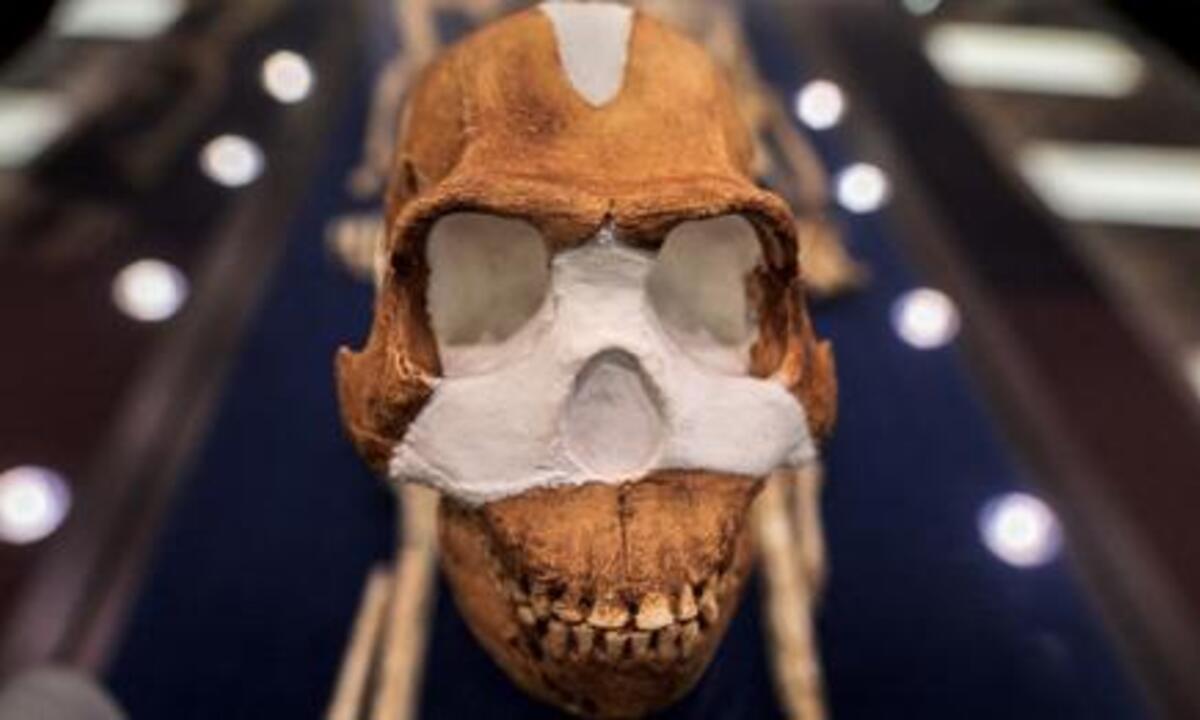News
Johannesburg Unveils World’s Oldest Burial Site, Say Scientists

Palaeontologists in South Africa made a groundbreaking announcement on Monday, revealing the world’s oldest-known burial site. The site contains the remains of Homo naledi, a distant relative of humans previously believed to lack complex behaviour as reported by Eyewitness News. Led by esteemed palaeoanthropologist Lee Berger, the researchers uncovered multiple specimens of Homo naledi buried approximately 30 meters below ground in a cave system located within the Cradle of Humankind, a UNESCO world heritage site near Johannesburg.
According to a series of yet-to-be-peer-reviewed and preprint papers to be published in eLife, these interments represent the earliest recorded instances of hominins being buried, predating evidence of Homo sapiens burials by at least 100,000 years. This discovery challenges the prevailing understanding of human evolution, which holds that the development of larger brains enabled complex activities such as burial rituals.
Previous burial sites unearthed in the Middle East and Africa contained remains of Homo sapiens dating back around 100,000 years. In contrast, Berger and his fellow researchers discovered Homo naledi remains in South Africa that are at least 200,000 years old. Notably, these remains belong to Homo naledi, a primitive species positioned between apes and modern humans, characterised by orange-sized brains and a height of about 1.5 meters.
Also Read: Woolworths SA Stands Firm in Supporting Pride Month
Berger’s previous announcements have sparked controversy, and his latest findings are set to disrupt the field of paleontology once again. Homo naledi’s curved fingers and toes, dexterous hands for tool use, and bipedal feet had already challenged the notion of a linear evolutionary path. The species, named after the “Rising Star” cave system where the first bones were discovered in 2013, now reveals evidence of intentional burial practices.
Excavations that began in 2018 at the same cave system led to the discovery of oval-shaped interments, which researchers believe were intentionally dug and filled to cover the bodies of at least five individuals. “These discoveries show that mortuary practices were not limited to H. sapiens or other hominins with large brain sizes,” state the researchers.
The burial site further indicates Homo naledi’s capacity for complex emotional and cognitive behaviour. Geometrical engravings, including a “rough hashtag figure,” were found on the smoothed surfaces of a nearby cave pillar, suggesting the presence of symbolic practices. Berger explained, “That would mean not only are humans not unique in the development of symbolic practices, but may not have even invented such behaviors.”
These claims are likely to stir debate in the paleontological community, where Berger has faced criticism in the past for alleged lack of scientific rigor and premature conclusions. In 2015, his proposition that Homo naledi exhibited more advanced behaviours than expected based on its brain size was met with scepticism. However, Berger is now prepared to challenge the prevailing assumption: “We’re about to tell the world that’s not true.”
While further analysis is required, these discoveries have the potential to reshape our understanding of human evolution. The researchers write that burial practices, meaning-making, and even ‘art’ may have a much more intricate, dynamic, and non-human history than previously thought. Co-author Agustin Fuentes, an anthropology professor at Princeton University, emphasises the importance of these findings, stating, “Burial, meaning-making, even ‘art’ could have a much more complicated, dynamic, non-human history than we previously thought.”
Anthropologist Carol Ward from the University of Missouri, not involved in the research, expresses anticipation for further details on how the arrangement of the remains excludes alternative explanations other than intentional burial. She also emphasises the need for peer review, adding that the paper acknowledges the possibility that later hominins could have made markings on the cave walls.
Also Read:
Follow us on Google News
Photo: Facebook / @Eyewitness News





















